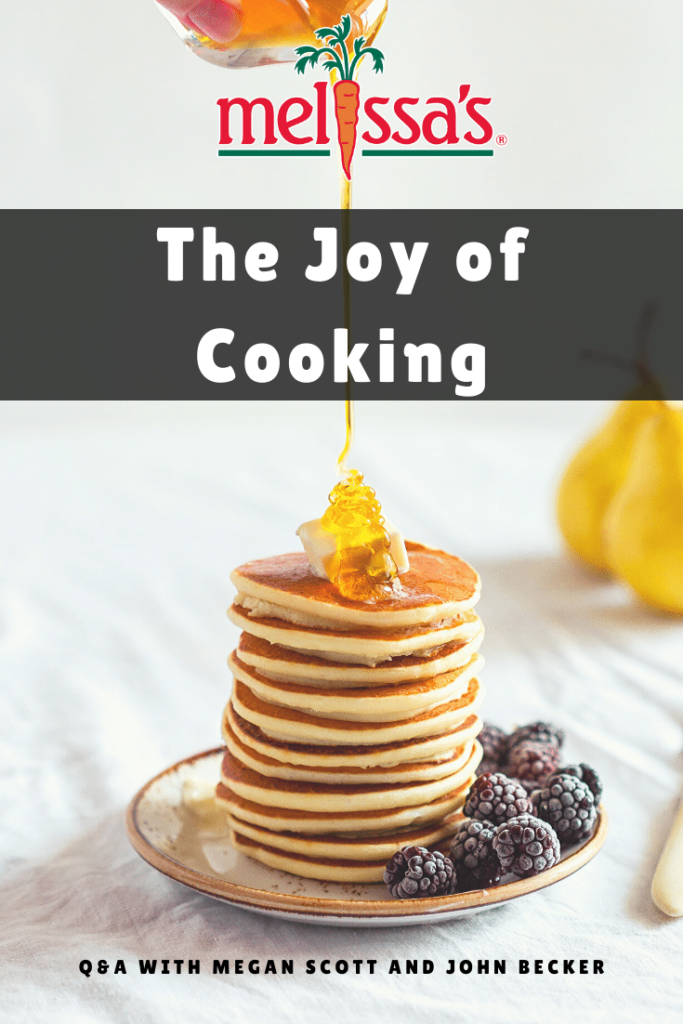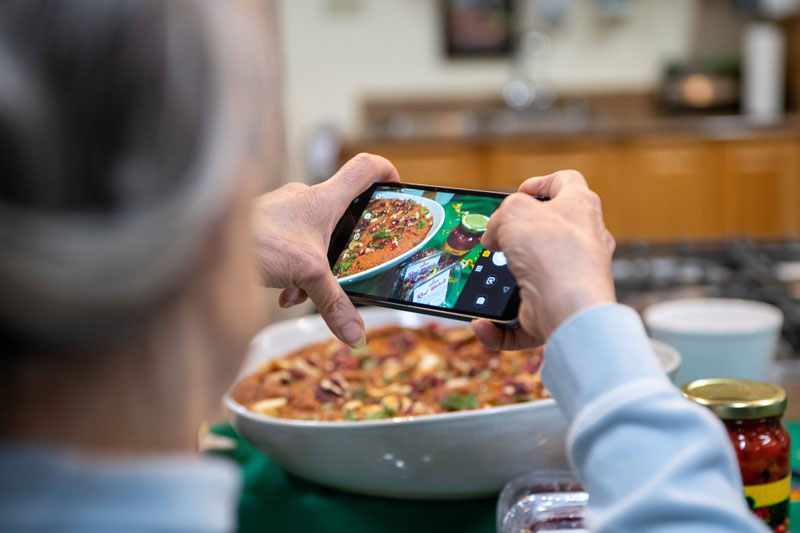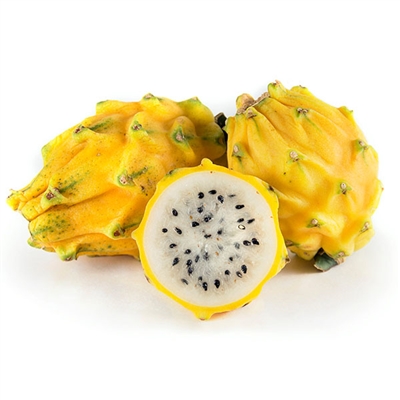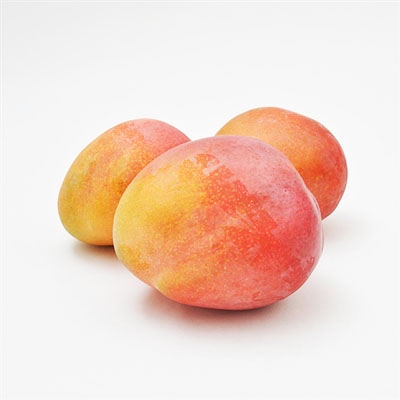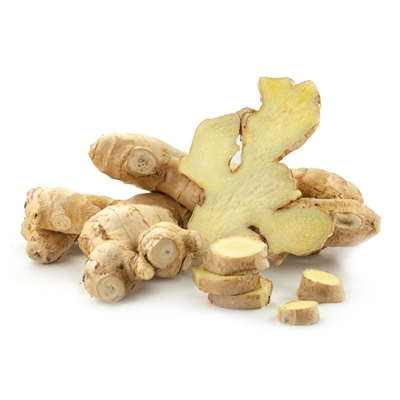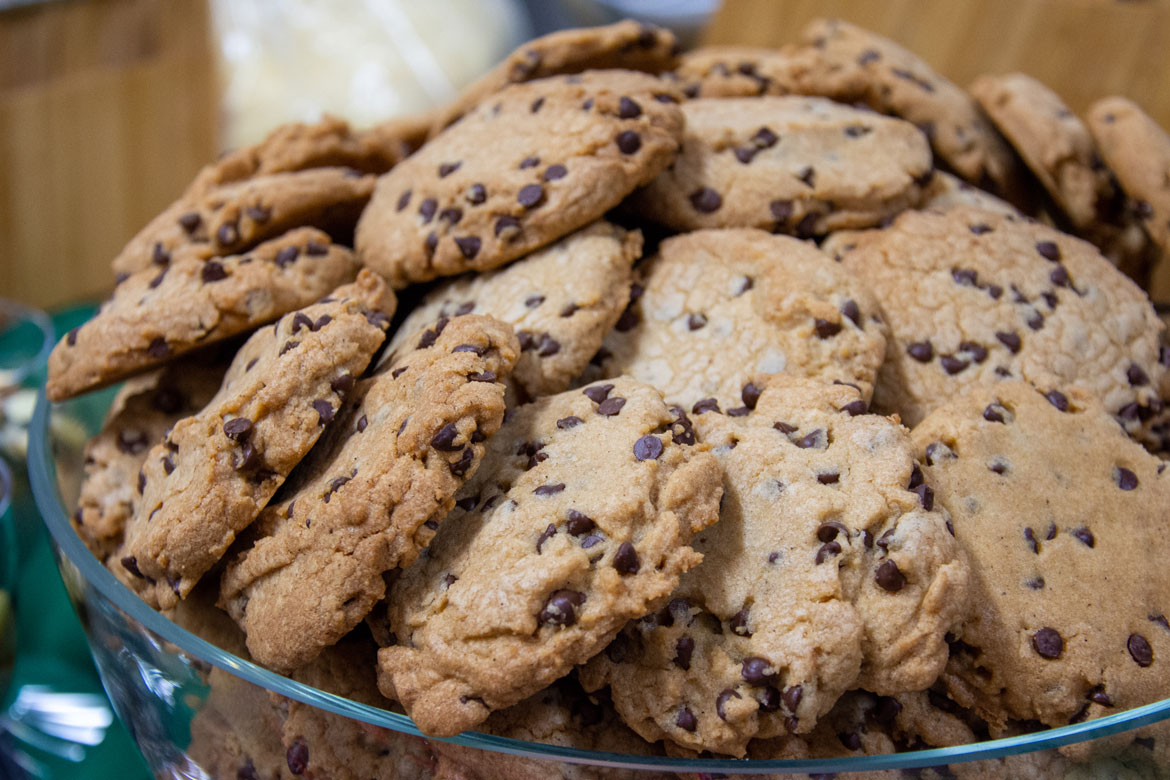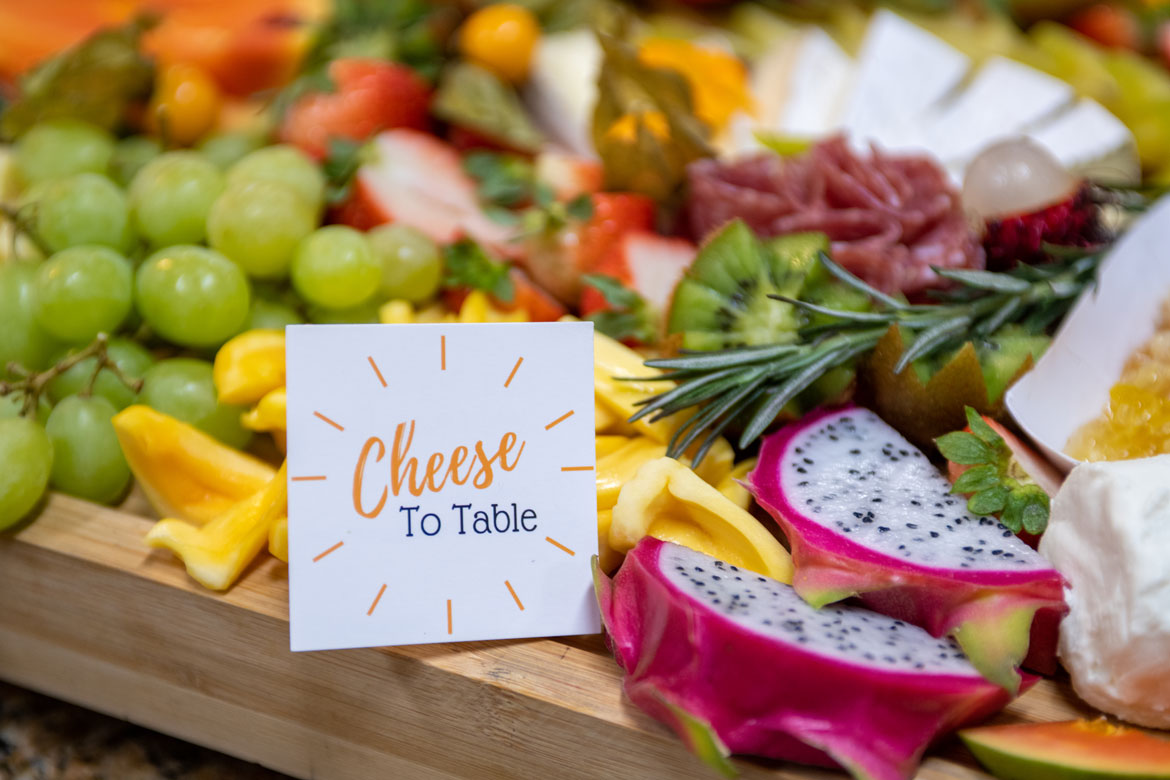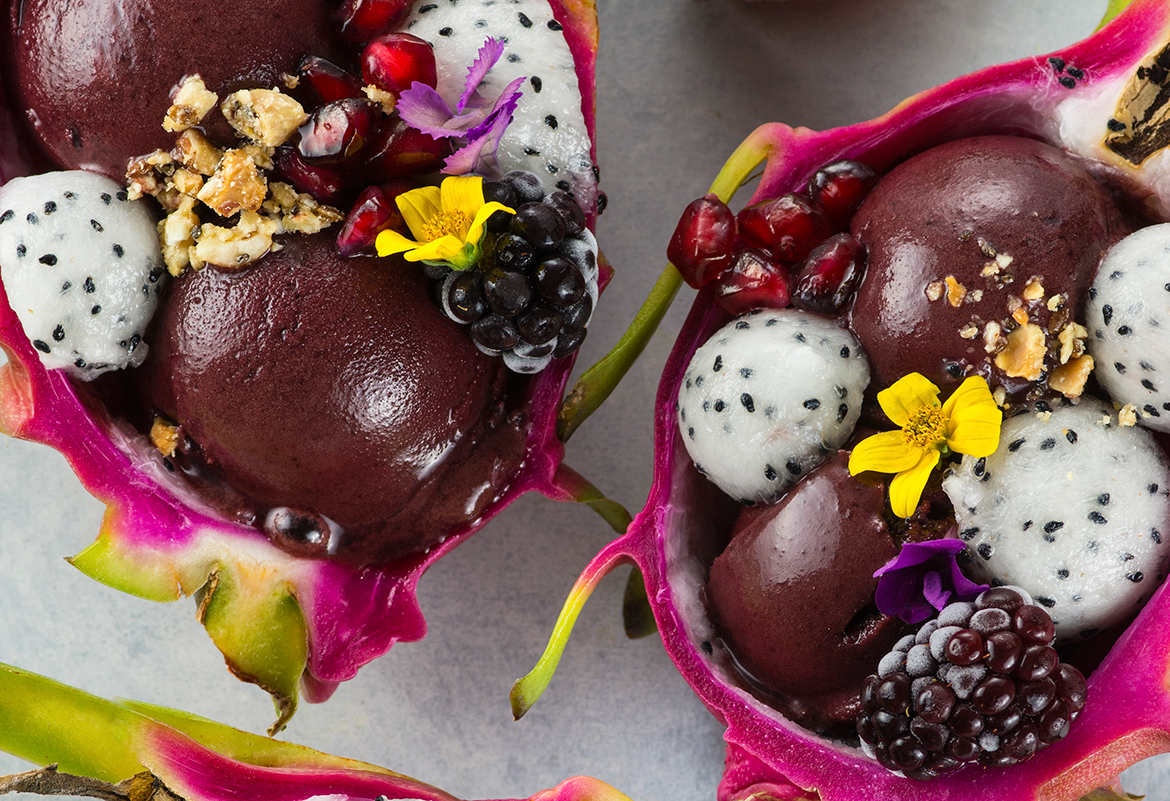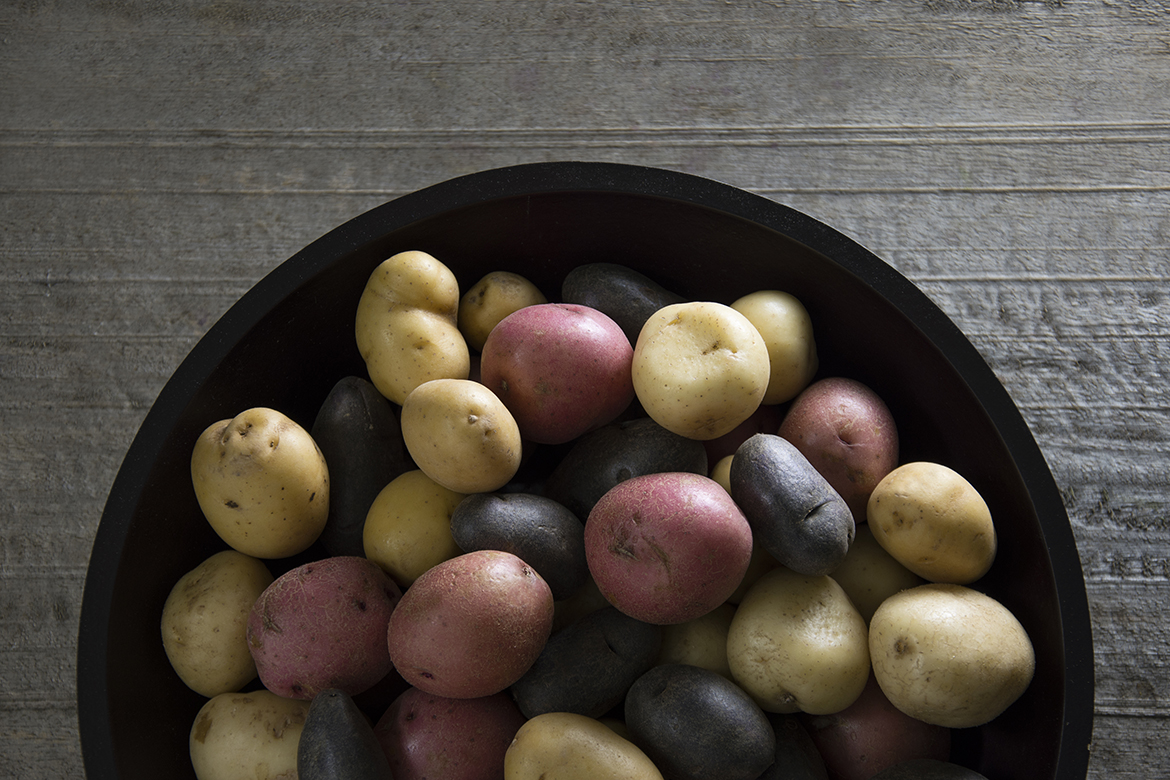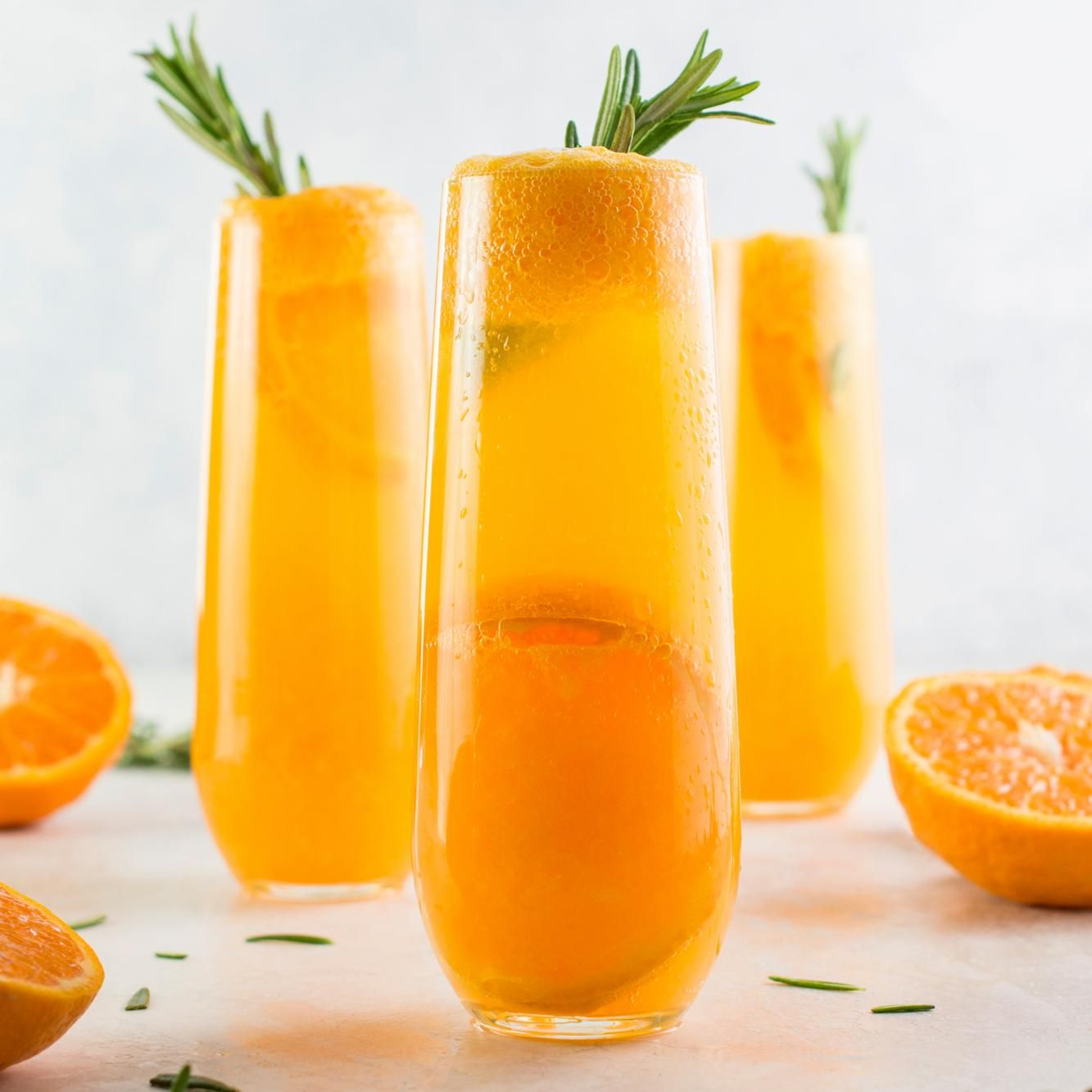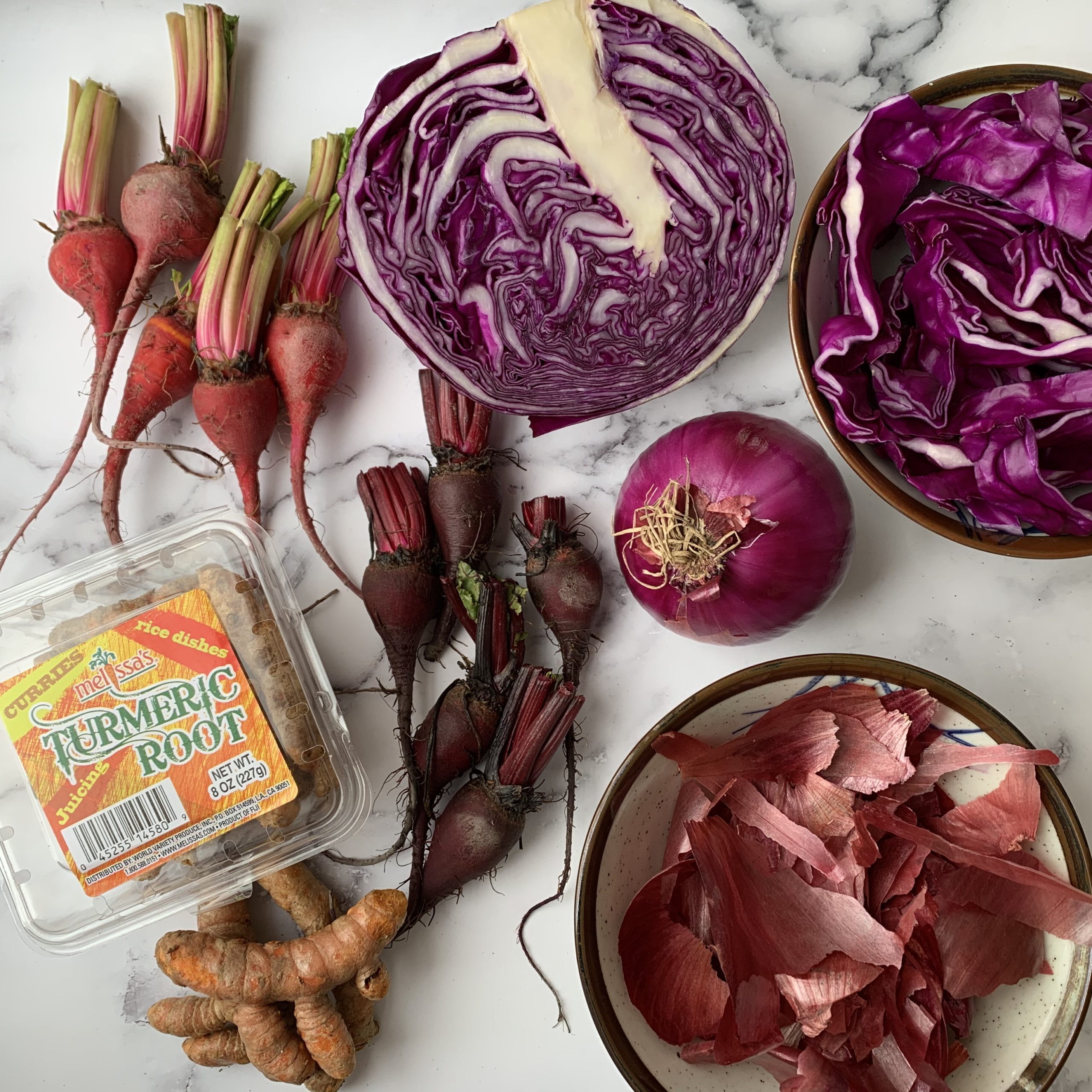Melissa’s/World Variety Produce hosted husband and wife duo, John Becker and Megan Scott, in Melissa’s kitchen on December 5 to promote the latest and greatest version of “The Joy of Cooking.” This classic cookbook dates back to 1931!
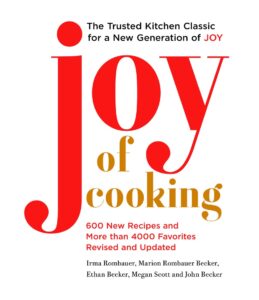
This collection of recipes from Irma S. Rombauer started self-published and since then has expanded to include additional authors Marion Rombauer Becker, Ethan Becker, and now John Becker and Megan Scott. Over the years, several revisions have occurred, including additional recipes and updates to the classics. The newest edition of this book comes directly from the family and maintains the personal voice that devoted “Joy of Cooking” followers have come to know and love.
“Our strategy for revising this edition was the same Irma and Marion employed for the first six editions of “Joy of Cooking” — vet, research and improve our coverage of legacy material while introducing new recipes, modern cooking techniques, and comprehensive information on ingredients now available at farmers’ markets and grocery stores. While writing this edition, we have kept the needs of the home cook foremost in our minds. The result is both a solid collection of delicious, thoroughly-tested recipes and an indispensable kitchen reference that will give curious novices the answers they need (and provide a useful refresher for seasoned cooks),” said John Becker.
“Joy of Cooking” is a timeless resource to have in your kitchen. There is no photography in this collection, a standout amongst contemporary cookbooks, but this decision allows the book the maintain its timelessness — and for those that are more visual learners, there are some fun illustrations that help guide you along the way.
During the kitchen event at Melissa’s, Megan and John provided a brief synopsis of the long history that the book carries. Fun fact: Irma did not love to cook, so, ironically, she titled her book, “Joy of Cooking.” Even if Irma didn’t like to cook, we could definitely tell that John and Megan do – they tested over 1,500 recipes during their revision process! After an engaging historical recap, Megan showed us just how easy it is to prepare the olive oil cake from the book. Megan emphasized that sometimes people want the essential fundamental recipes, like the perfect pancakes, and “Joy of Cooking” provides just that to their loyal following.
Melissa’s wanted to dive deeper into Megan and John’s love for produce, coupled with fun tidbits from the book, so we interviewed them to learn more. Read the full interview below!
Q: What vegetables lend themselves better to sous vide cookery, and what is a recipe you’d recommend our readers try from the book that uses this technique?
John Becker and Megan Scott: Carrots are our favorite vegetable to cook sous vide. Their flavor gets really concentrated, and the sweetness of the carrot is amplified. “Joy of Cooking” has a chart in the Cooking Methods and Techniques chapter that gives times and temperatures for sous vide cooking. Most of the chart is dedicated to proteins, but we provide instructions for cooking beets, carrots and asparagus sous vide. We prefer to combine sous vide cooking with another cooking method. For example, you might cook carrots sous vide until tender, then blacken them in a hot skillet just to get some color on them.
Q: What are some fun fruits you can use to make kombucha?
JBMS: Really, any fruit works, but we like berries the best. You don’t use the fruit to make the kombucha, you add it during secondary fermentation for color and extra sugar, which is then fermented (And, if all goes well, makes the kombucha fizzy!). We have had the best luck with blueberries, but any type of berry is excellent in kombucha.
Q: What flavor bitters would you recommend adding to a strawberry rhubarb pie?
JBMS: We prefer to use Angostura bitters. It adds a slightly bitter element to the pie and a lot of complexity.
Q: What are some tools and ingredients used for making kimchi?
JBMS: There are lots of different types of kimchi, but the one we included in “Joy of Cooking” is a napa cabbage kimchi. It is made with Korean or daikon radish, green onion, Chinese chives, lots of garlic and ginger, Asian pear, onion, fish sauce, Korean salted shrimp, and gochugaru (Korean red pepper flakes). You need a big bowl to toss everything together, a blender or food processor, and some kind of vessel to ferment the kimchi in. You can use an earthenware crock, but we typically use half gallon mason jars with specially-made (but really affordable) airlock lids. This way, it’s really easy to see what’s going on inside the jar.
Q: At Melissa’s, we’re currently obsessed with all things mangoes. What are some recipes you’d recommend for unripe mangoes? What are some surprising flavor pairings you’d recommend with mangoes? What is your favorite mango variety to eat out-of-hand?
JBMS: We absolutely adore mangoes! Our favorite way to prepare unripe mangoes is Thai-style, for green mango salad. We also have a recipe for quick Sichuan-style cucumber pickles that is great with thinly sliced green mango. Green mango is great cut into thin matchsticks and turned into a slaw with some lime juice, sliced red chiles, salt and sugar, then served on burgers or veggie burgers.
For mangoes in general, we love them sprinkled with lime juice and Tajín as a snack. One of our favorite desserts is mango with sticky rice, which we included a recipe for in the new edition. Another great application is fruit salsa, where we pair mangoes with habanero chiles, lime juice and cilantro. It’s great served with fish tacos.
We really love Champagne mangoes for eating out of hand. We wish we could find fresh Alphonso mangoes because those are excellent but seem to be hard to track down in the US.
Q: How would you describe the flavor of dragon fruit?
JBMS: Super juicy with a mildly sweet, melon-like flavor. We actually prefer yellow dragon fruit to red dragon fruit for flavor, though the red ones are incredibly beautiful.
Q: Can you share a fascinating veggie fact from the new and revised version of “Joy of Cooking” with our readers?
JBMS: Modern sweet corn is the result of exposing corn to nuclear radiation during bomb tests in the 1940s. This caused a spontaneous mutation that, combined with breeding, has resulted in corn that is sweeter and keeps its sweetness for longer.
Q: Is there a recipe in the book for making plant-based meat?
JBMS: We include recipes in the book for making your own tofu and seitan. We also include a recipe for making tempeh crumbles, which can be used in recipes like chili or sloppy joes instead of ground meat. Further, we added a recipe for roasted mushroom burgers and pecan and cheddar “sausage” patties.
Q: What is low-temperature pickling?
JBMS: This is a USDA-approved method for pickling cucumbers at 180°F. Essentially, rather than canning the pickles in a boiling water bath, you heat a water bath up to 180°F and hold it there for 30 minutes. This method is awesome because it results in the crispest pickles you can imagine. We like to use an immersion circulator (sous vide) for this process, as it makes regulating the water temperature really easy.
Follow The Joy of Cooking on Instagram to stay connected to John Becker, Megan Scott and the Joy community.
Pin This Blog on Pinterest!
